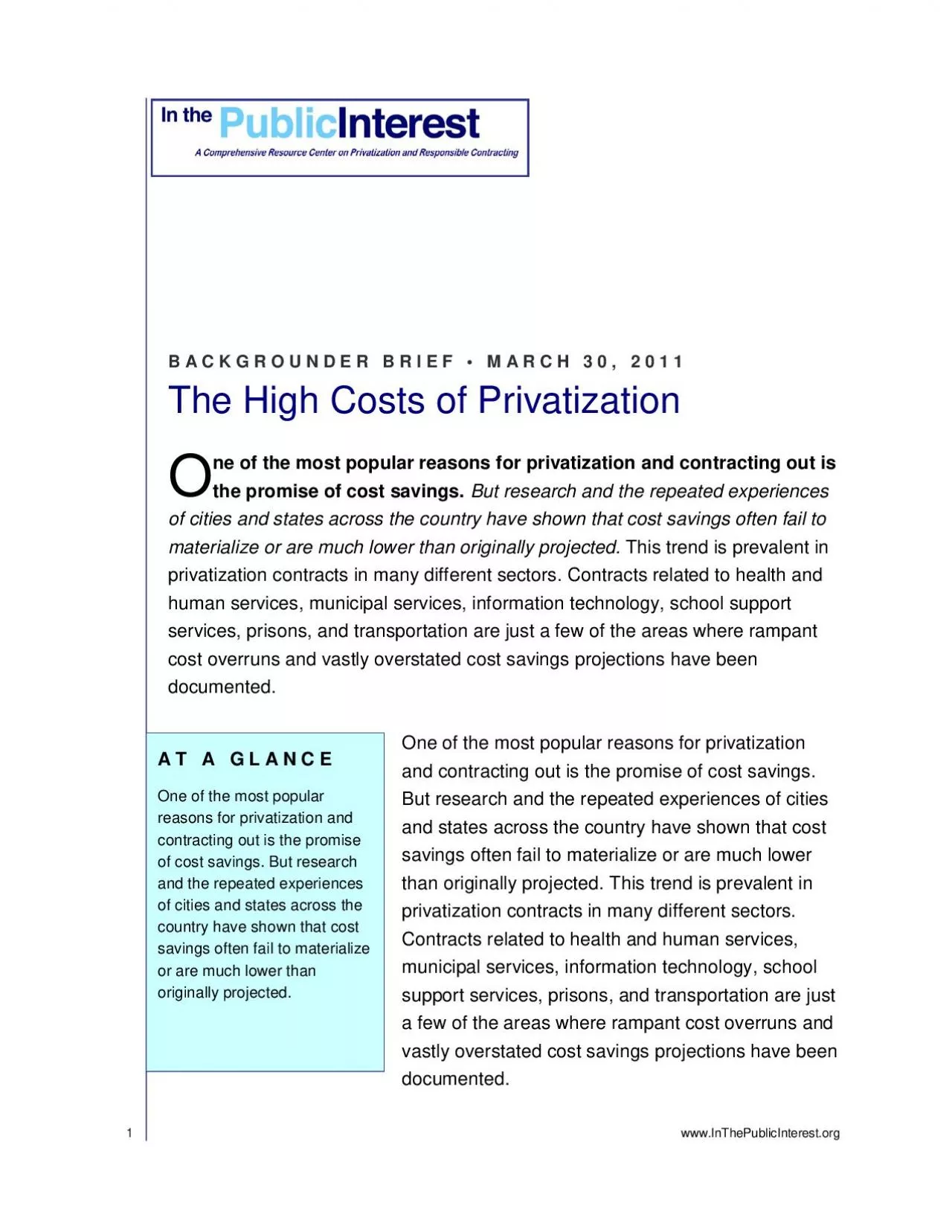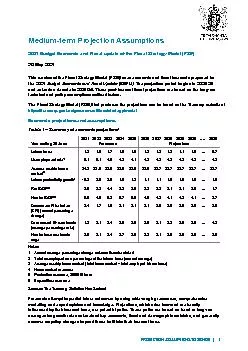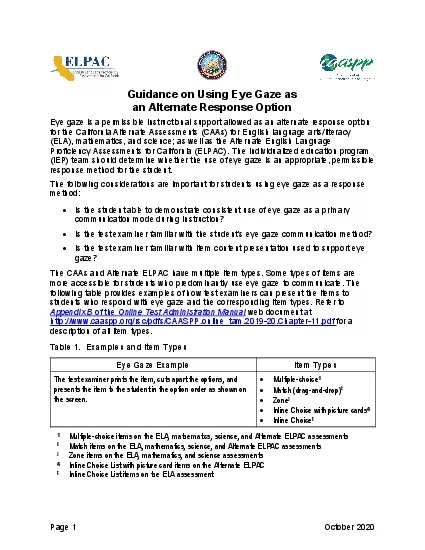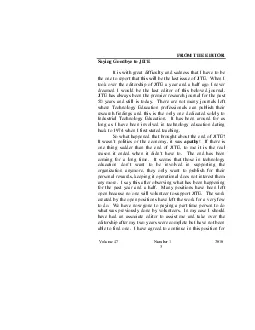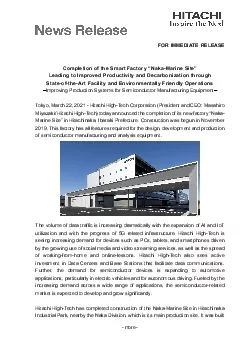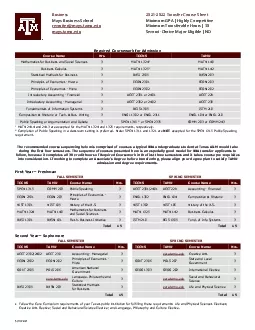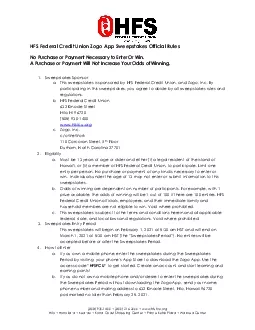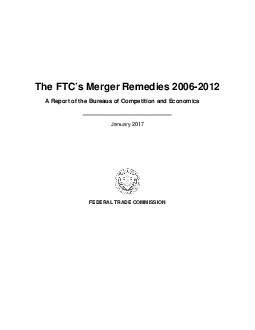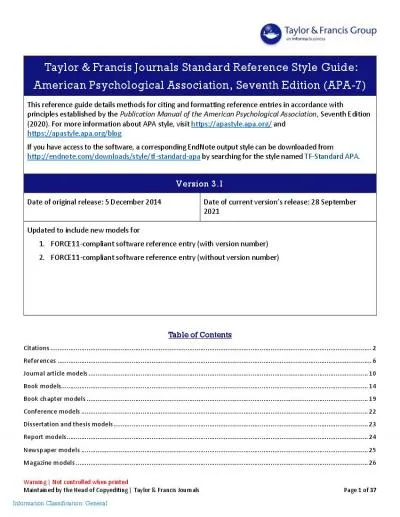PDF-x0000x0000 xAttxachexd xBottxom xBBoxx 7x565x34 5x760x3 55x608x 70x
Author : isabella2 | Published Date : 2021-09-27
BACKGROUNDER BRIEF 149MARCH0 2011The High Costs of Privatizationne of the most popular reasons for privatization and contracting out is the promise of cost savingsBut
Presentation Embed Code
Download Presentation
Download Presentation The PPT/PDF document "x0000x0000 xAttxachexd xBottxom xBBoxx 7..." is the property of its rightful owner. Permission is granted to download and print the materials on this website for personal, non-commercial use only, and to display it on your personal computer provided you do not modify the materials and that you retain all copyright notices contained in the materials. By downloading content from our website, you accept the terms of this agreement.
x0000x0000 xAttxachexd xBottxom xBBoxx 7x565x34 5x760x3 55x608x 70x: Transcript
Download Rules Of Document
"x0000x0000 xAttxachexd xBottxom xBBoxx 7x565x34 5x760x3 55x608x 70x"The content belongs to its owner. You may download and print it for personal use, without modification, and keep all copyright notices. By downloading, you agree to these terms.
Related Documents

